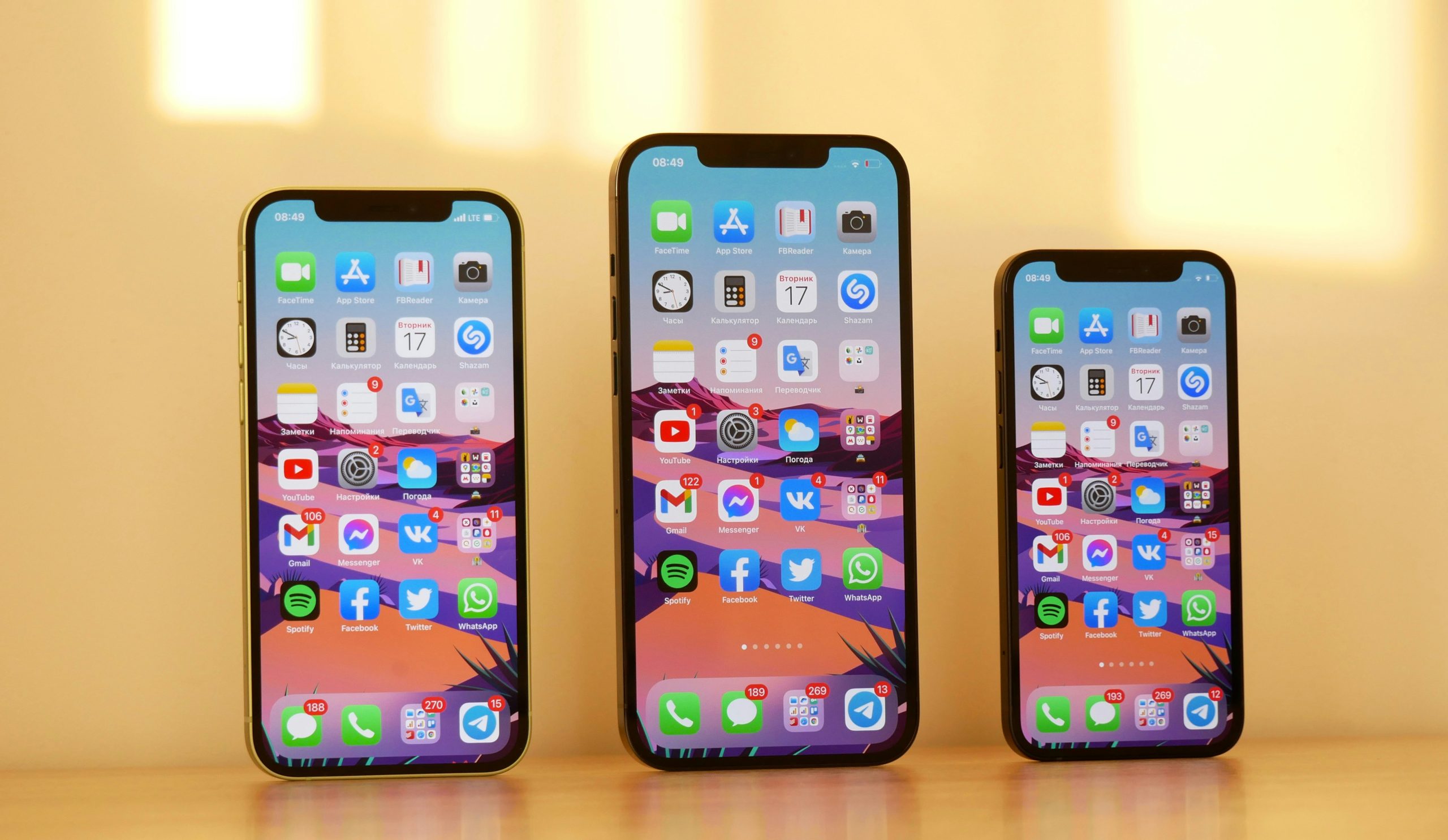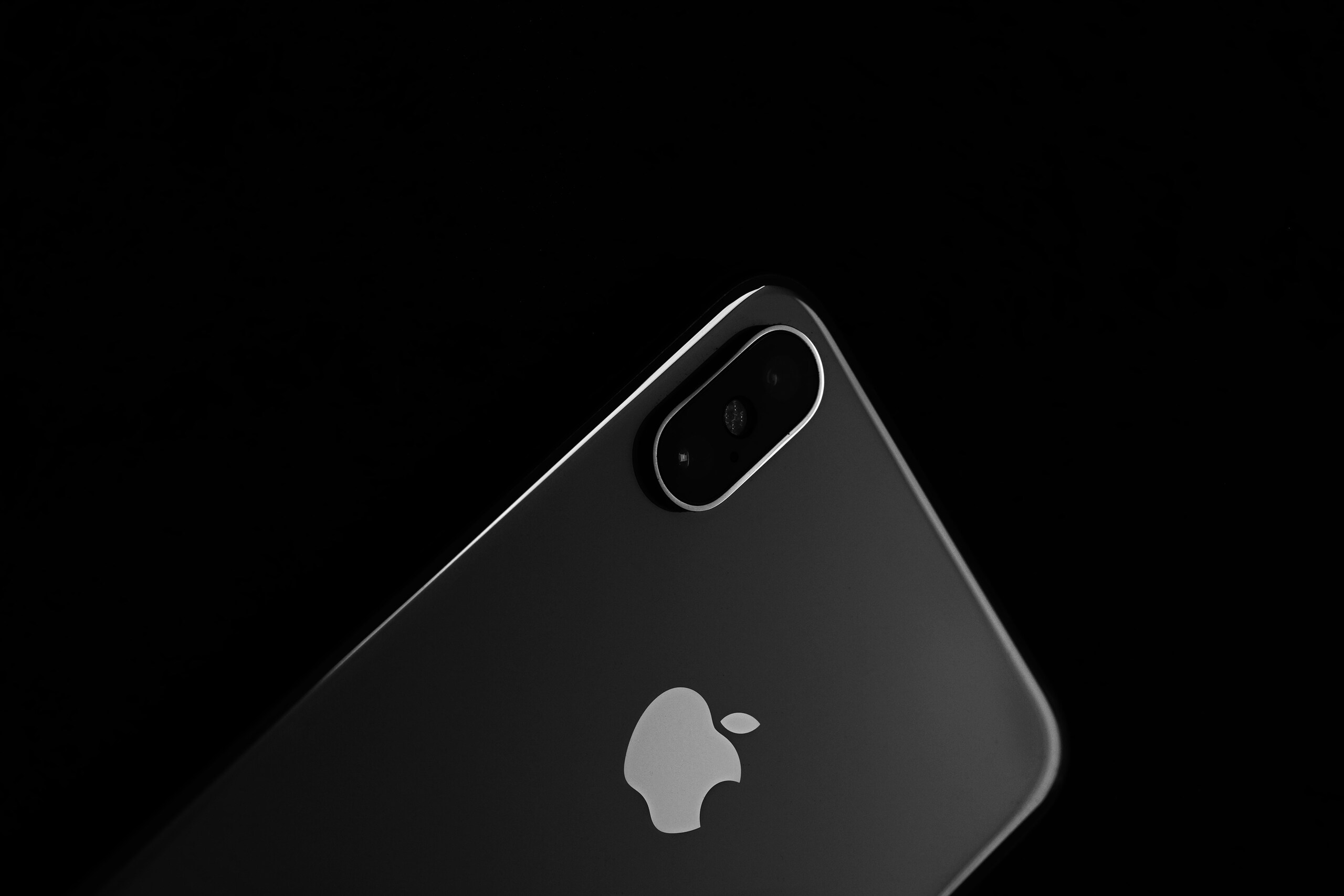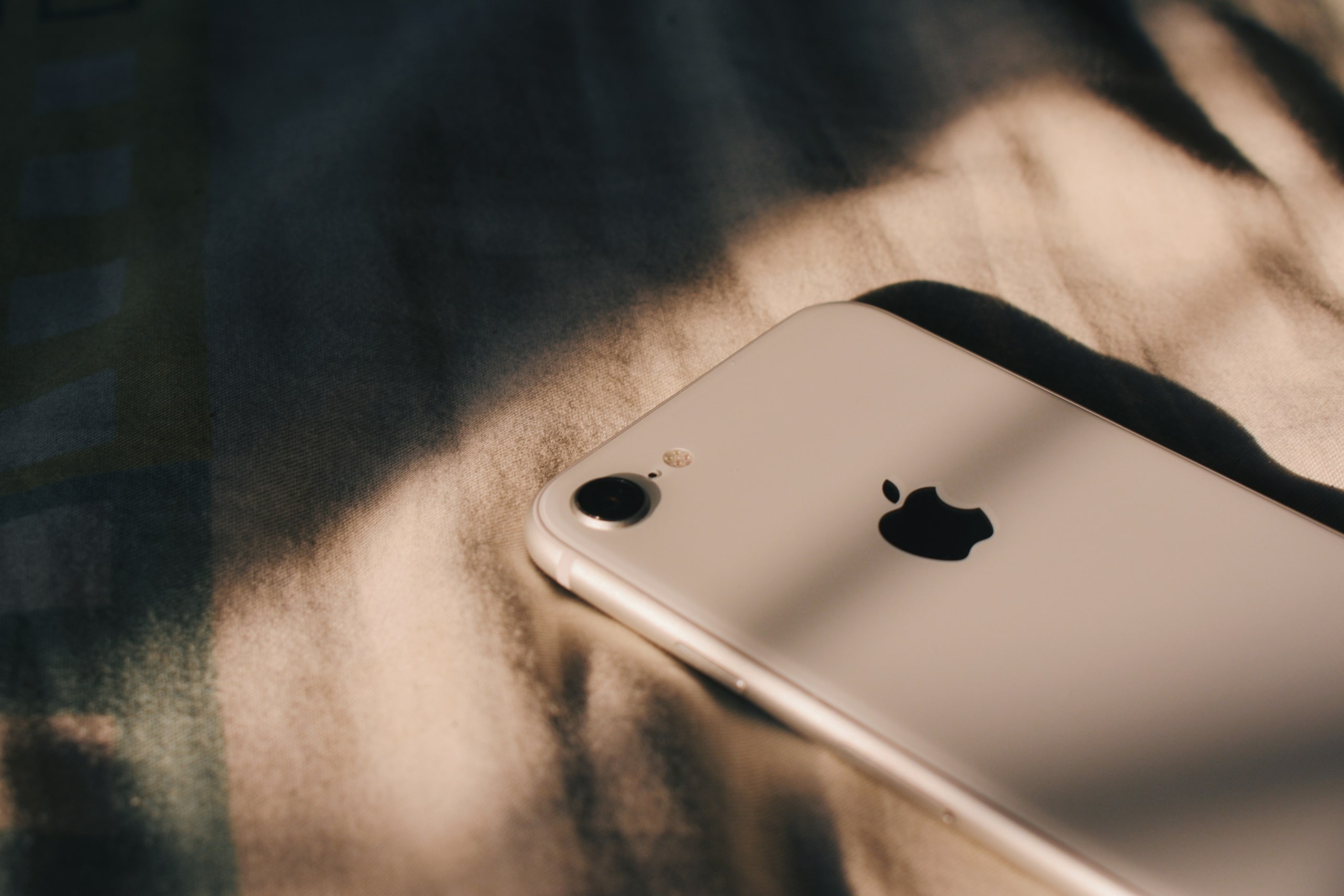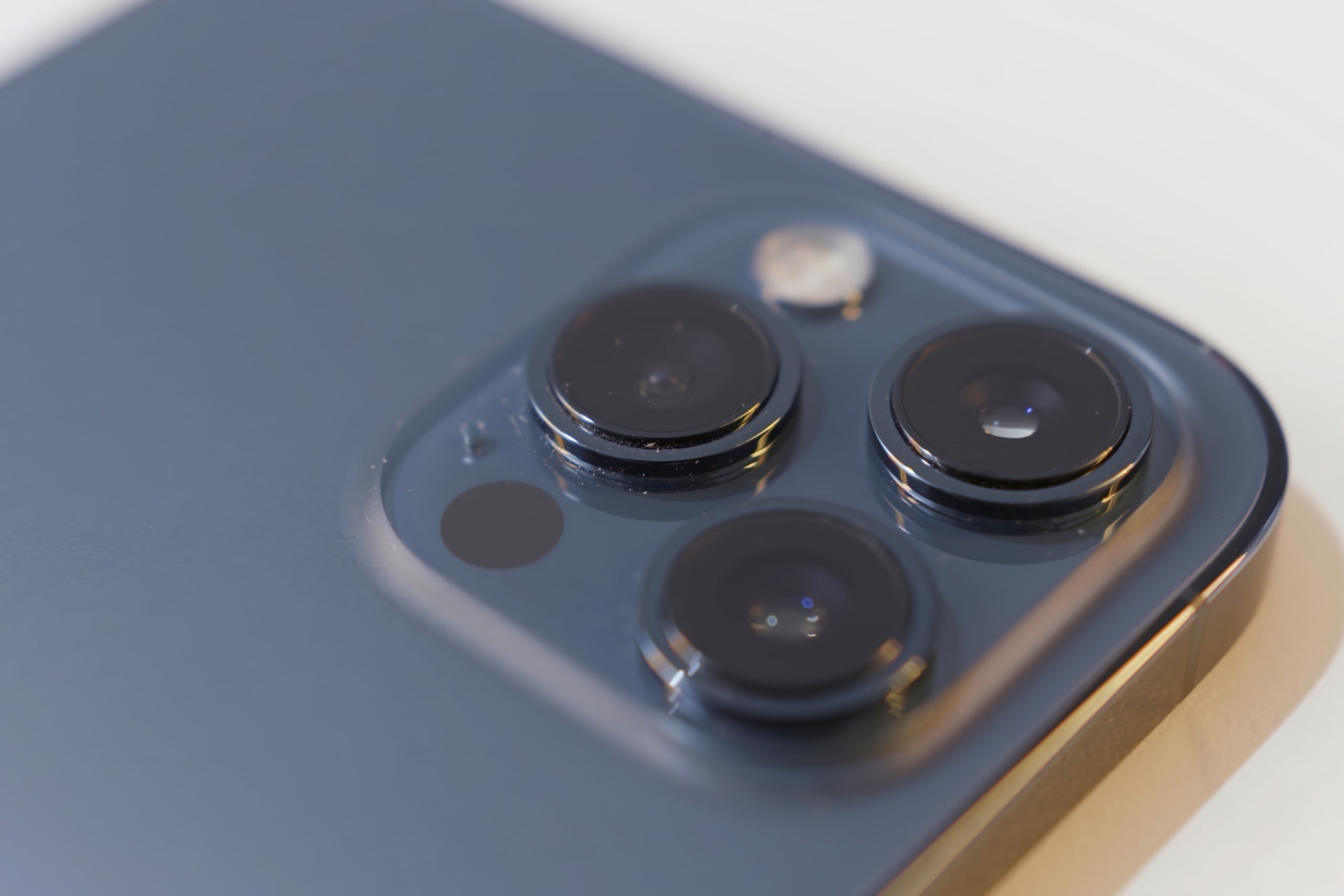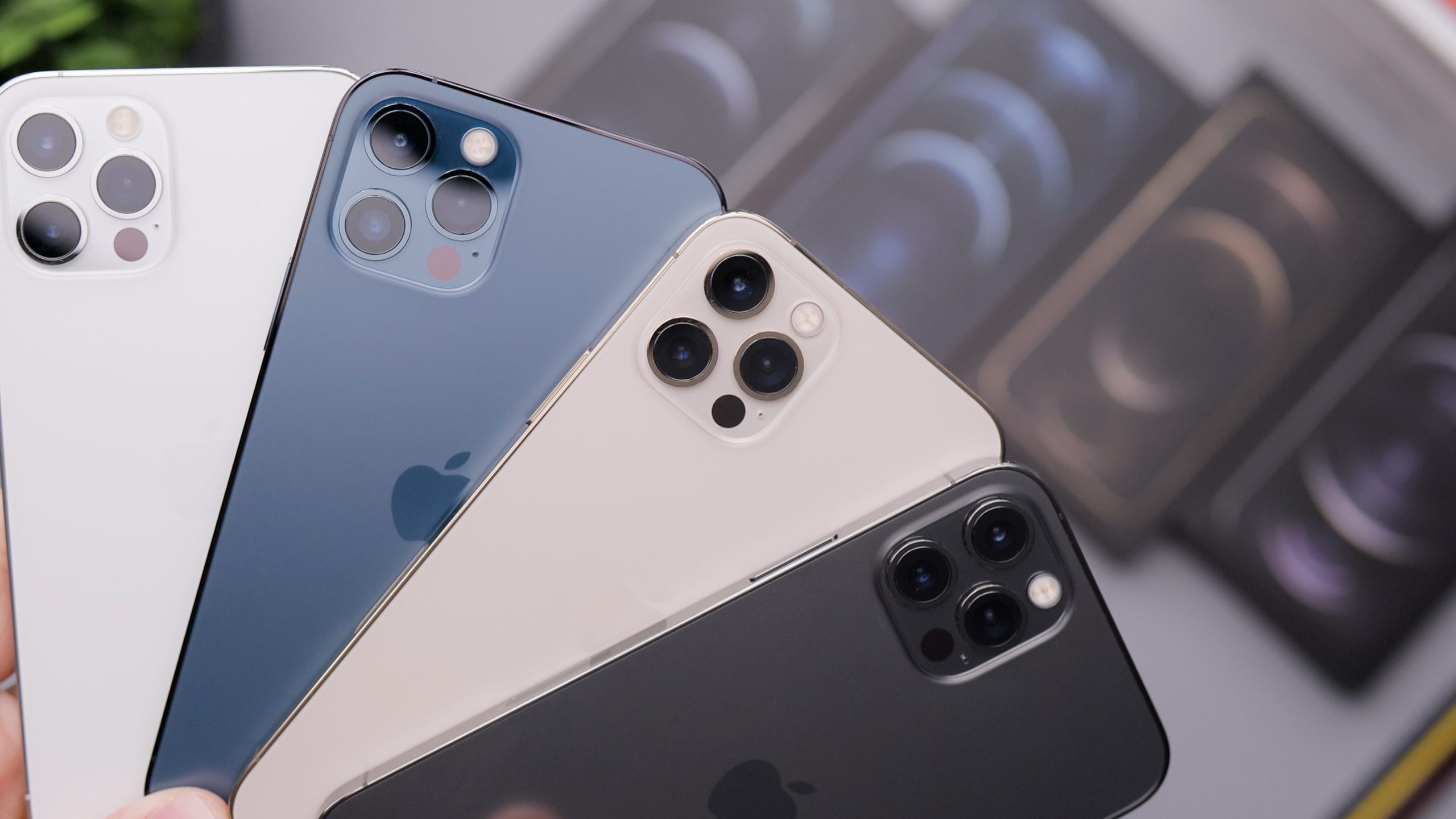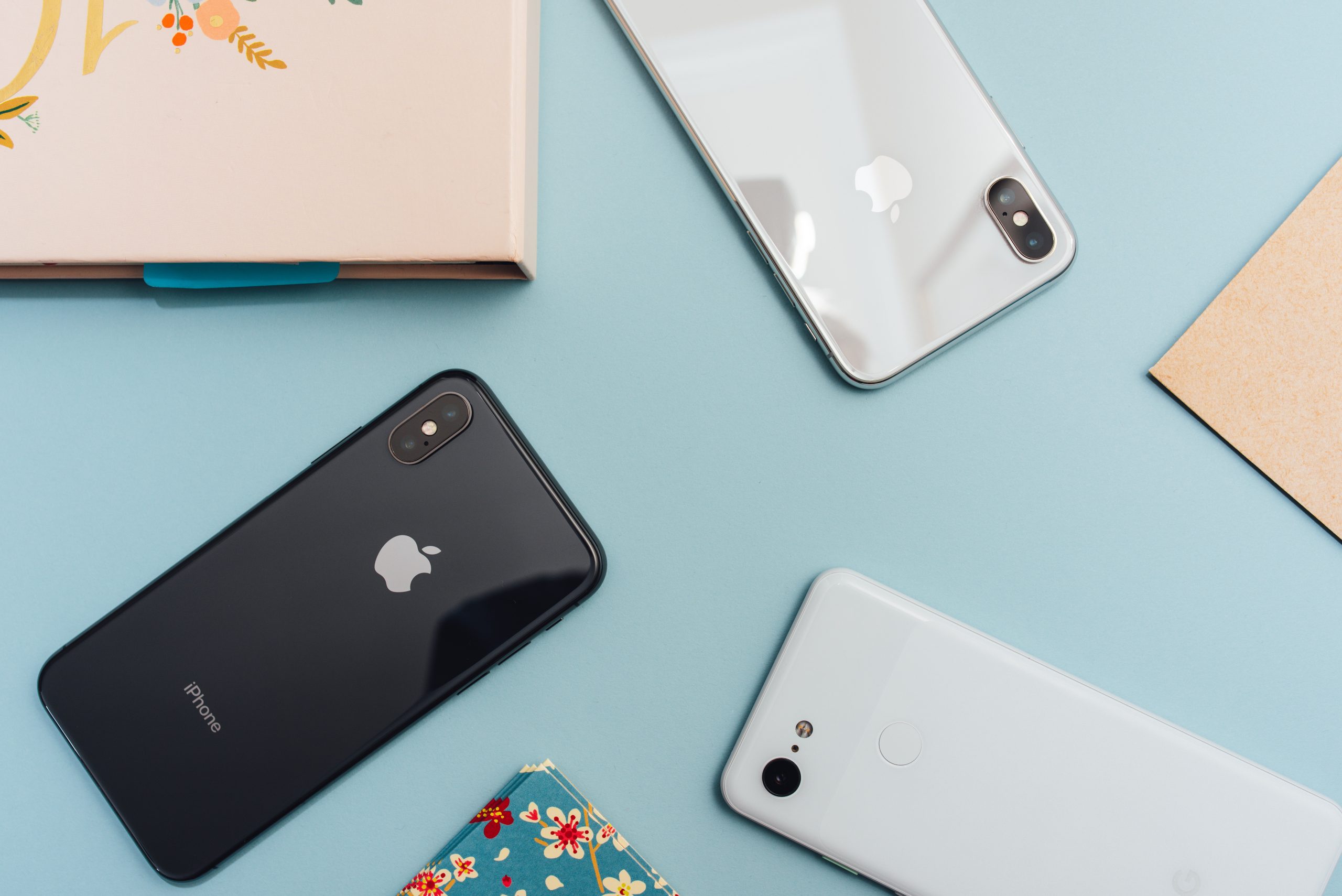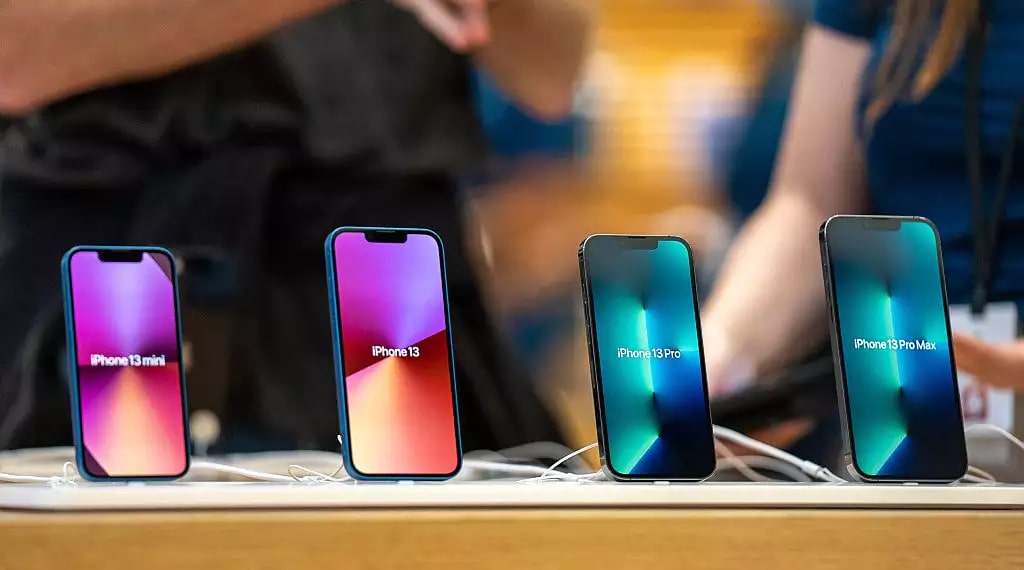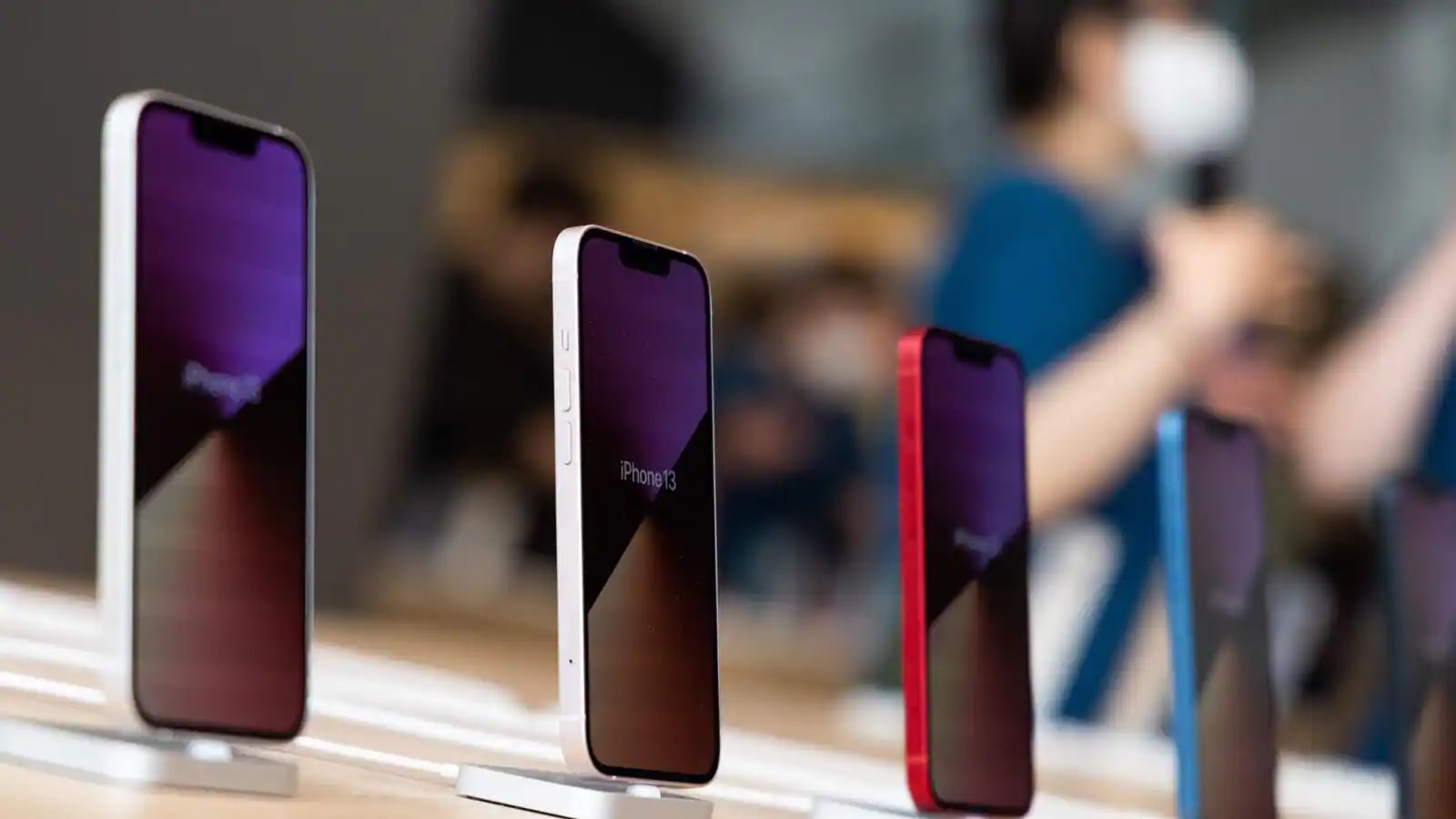
iPhones
Mobile phones, also known as cell phones, are portable devices that allow users to make calls, send text messages, access the internet, and perform various other functions. They have become an integral part of our daily lives, helping us stay connected with friends, family, and colleagues no matter where we are. With the advancement of technology, mobile phones have evolved to offer a wide range of features and capabilities. One of the most popular and iconic mobile phone brands is the iPhone, designed and developed by Apple. The iPhone offers a seamless user experience, innovative features, and a sleek design. From high-quality cameras to powerful processors, the iPhone provides users with cutting-edge technology at their fingertips. Whether for communication, entertainment, or productivity, mobile phones, and especially iPhones, have become essential tools in today’s digital age.
Battery Life
When it comes to mobile phones, one of the most crucial factors users consider is battery life. Whether it’s for work or play, having a reliable and long-lasting battery is essential. iPhones have made significant advancements in this area, ensuring that users can go about their day without constantly worrying about their battery dying. With each new generation of iPhones, manufacturers work towards enhancing the battery life, allowing users to enjoy uninterrupted usage for longer periods. This focus on battery optimization sets iPhones apart from other devices in the market and creates a seamless user experience. Whether you’re using your iPhone for business or entertainment, the extended battery life ensures that you can stay connected and entertained throughout the day without the need for constant charging or worrying about running out of power.
How Long Do Mobile Phones/iPhones Last On A Single Charge?
Mobile phones and iPhones have come a long way in terms of battery life, ensuring that users can stay connected throughout the day.
The duration of battery life largely depends on various factors, such as screen size and processor power. While bigger phones often have bigger batteries, they also come with bigger screens and more powerful processors, leading to increased battery consumption.
To ensure uninterrupted usage, it is recommended to charge mobile phones and iPhones overnight. This allows the battery to reach its full potential and keep you connected throughout the day.
Additionally, the introduction of fast-charging technology has been a game-changer. With fast charging capabilities, you can quickly top up your device’s battery in a short amount of time, providing convenience for power users.
Mobile phones and iPhones offer decent battery life on a single charge, catering to a wide range of users, from the budget end to elite flagships. It’s essential to consider factors like screen size, processor power, and charging habits to maximize battery performance and ensure long-lasting connectivity.
Android Phones Vs. iPhones
When it comes to choosing a new mobile phone, the ongoing debate between Android phones and iPhones remains at the forefront. Both operating systems have their unique features and advantages, catering to different types of users and preferences. In this article, we will compare Android phones and iPhones in terms of design, user interface, app ecosystem, customization options, and overall user experience to help you make an informed decision. Whether you’re more inclined towards the flexibility of Android or the sleekness of iPhones, read on to discover the key differences between these two popular mobile platforms.
Differences Between Android and iPhone Devices
When it comes to mobile phones, two prominent contenders in the market are Android and iPhone devices. These devices showcase variances in hardware design, performance, display, cameras, and video capabilities, as well as battery life.
Android devices are known for their diverse hardware choices and customization options. With a wide range of manufacturers offering various designs, users can select a device that suits their personal preferences. In terms of performance, Android phones often come equipped with powerful processors and ample RAM, providing seamless multitasking capabilities.
On the other hand, iPhone devices are recognized for their sleek and stylish hardware design. Apple’s stringent control over both hardware and software integration offers users a refined and optimized experience. iPhones consistently deliver impressive performance due to the seamless harmony between the hardware and iOS software.
Display quality is another differentiating factor. Android phones often feature larger screens with variations in resolution, refresh rate, and display technology. Meanwhile, iPhone devices boast vibrant and color-accurate displays that provide an immersive visual experience.
When it comes to cameras and video capabilities, both Android and iPhone devices excel. Android phones often offer a wide range of camera options with multiple lenses, allowing users to capture diverse perspectives. Similarly, iPhones are renowned for their exceptional camera quality and advanced video recording capabilities.
Battery life is a crucial aspect of mobile devices. Android phones typically offer larger batteries, providing extended usage time. On the other hand, iPhones optimize their hardware and software integration to maximize battery efficiency, resulting in all-day usage.
Conclusion
In conclusion, Android and iPhone devices offer distinct features and experiences to users. One key difference lies in their ecosystems. Apple operates a closed hardware and software ecosystem, tightly controlling the user experience and ensuring seamless integration between their devices and software. On the other hand, Android provides a more flexible and diverse environment, allowing users to customize their devices and choose from a wide range of features and prices.

